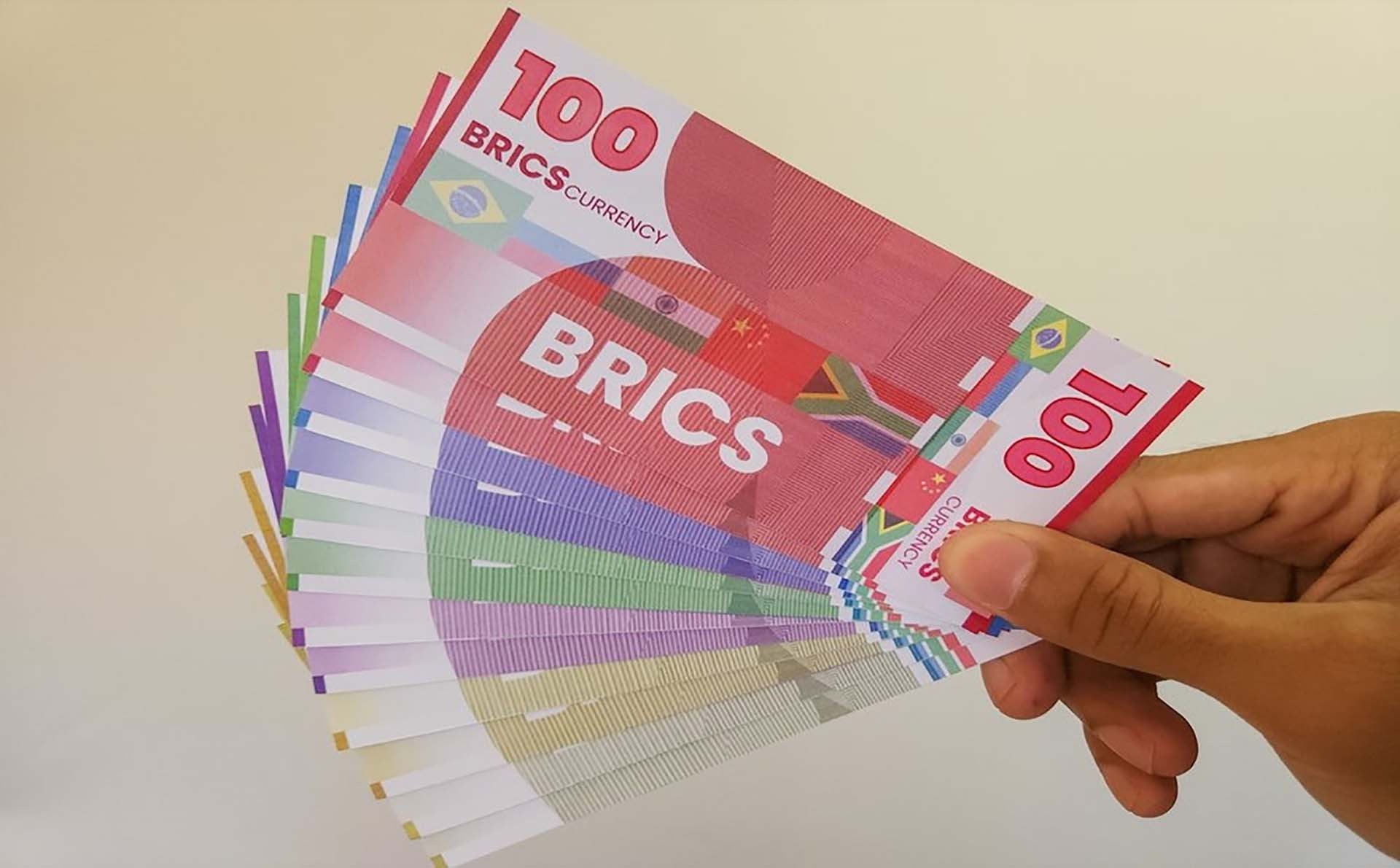 |
| Do BRICS meet the criteria needed to build a global currency versus the US? |
A new financial agreement, seen as potentially transforming into a common BRICS currency backed by gold, could be announced as early as next August, at the BRICS Summit in South Africa.
BRICS common currency?
Analysts say investors should not expect China or any other major power to abandon the US dollar in international trade immediately, because up to now, there has not appeared any potential “rival” that can “qualify” to immediately replace the US dollar.
“It will take a very long time to develop a viable alternative currency, perhaps in the medium term, long term or longer,” said Leslie Maasdorp, Vice President of the New Development Bank BIRCS.
That said, however, the de-dollarization trend is not a far-fetched fantasy. It is happening, as the US Federal Reserve (Fed) notes, as its foreign exchange reserves have been steadily declining over the years.
In recent times, there has been a growing call among countries to transact in currencies other than the USD, due to the economic disruption caused by the US and Western sanctions against Russia. In particular, to avoid sanctions, Russia has no choice but to challenge the USD-dominated financial system, having been blacklisted from the international payment system - “expelled” from the SWIFT system.
Some other countries “turn on defense mode” by paying more attention to “retaliatory blacklists” - something that the US did not use before, during the Cold War. Meanwhile, China - the US's biggest competitor, has never lost its ambition for a Renminbi (NDT) that can replace the USD.
Looking at the possibility of BRICS developing a new global currency to compete with the USD, through a commentary titled “BRICS Currency: Is the Idea Feasible?” on the ORF website, senior expert Kanishk Shetty commented that BRICS actively promotes internal transactions in local currencies because it is beneficial. A common currency not only promotes intra-BRICS trade but also eliminates the high cost of converting USD in international transactions.
As a first step, member states led by India and China are exploring bilateral trade agreements in national currencies. Once the transition to national currency trading is made, BRICS is actively considering the introduction and circulation of a digital currency or an alternative currency.
However, each BRICS country supports this new initiative for different reasons. Russia and China are leading the way because of political interests. India, South Africa and Brazil also have their own reasons, as they face a shortage of US dollars and find it easier to repay debts to international organizations.
A 2019 study by Global Business Review compared the regime-switching behavior of the real exchange rates of the five BRICS countries before and after the grouping's formation. The study concluded that the introduction of stronger policy interaction opens the door to a strong currency union among BRICS members.
Common ambition, individual difficulties
Do BRICS meet the criteria needed to build a global currency versus the US?
The US dollar plays a prominent role in global finance. According to the Bank for International Settlements, the US dollar is the most traded currency, accounting for nearly 90% of global foreign exchange transactions. One of the reasons for the US dollar's dominance is that the US is the world's largest economy, with a GDP of about $25.46 trillion, or 24% of the world's GDP. The larger a country's national income, the greater the demand for its assets, and thus the greater the demand for its currency.
The BRICS bloc has a GDP of more than 32,720 billion USD, or 31.59% of the world's GDP. Thus, BRICS has a much larger economic power than the US.
The United States has a large and complex financial system, consisting of a network of banks, investment firms, and other financial institutions capable of handling international transactions. Investors around the world prefer to buy securities in U.S. dollars because of their safety and liquidity.
In 2014, BRICS established the New Development Bank (NDB) as an alternative to international institutions such as the World Bank (WB) and the International Monetary Fund (IMF). The NDB’s Contingent Reserve Arrangement (CRA) liquidity mechanism attracted many developing countries as they faced a shortage of USD reserves and were unable to repay their international debts.
In addition, the IMF's structural adjustment program forced countries to reduce government spending, increase privatization and deregulation. As a result, the inability to develop independent policies forced those countries to turn to the NDB for loans and development assistance.
NDB issues bonds in local currencies. These developments indicate the BRICS' increasing access to finance to deploy their liquid assets.
With its military might and position in global politics, the United States has significant influence over international affairs. This global influence helps the United States solidify the position of the US dollar as an unchallenged global currency.
However, the BRICS bloc – Russia, China and India – is the world's second-largest military power, behind only the US, according to the Global Defense Index. Russia ranks second, China third and India fourth.
Just as the possibility of forming a BRICS military alliance is unlikely due to different views, so are the scenarios for a monetary union, each country has its own calculations and readiness.
Given the differences between BRICS member economies, it is unclear whether the benefits of a common currency outweigh the costs. Regardless of the political will behind de-dollarization, the challenge of growing dependence on China could also lead to conflicts of interest and even disputes within the bloc.
Thus, while an alternative common currency could effectively eliminate the cost of USD conversion in international payments, BRICS members may have to be cautious before taking steps towards establishing a new currency as the move may run counter to their respective foreign policy interests, considering the various reasons for supporting the initiative.
Source




![[Photo] Special relics at the Vietnam Military History Museum associated with the heroic April 30th](https://vstatic.vietnam.vn/vietnam/resource/IMAGE/2025/4/3/a49d65b17b804e398de42bc2caba8368)

![[Photo] Moment of love: Myanmar people are moved to thank Vietnamese soldiers](https://vstatic.vietnam.vn/vietnam/resource/IMAGE/2025/4/3/9b2e07196eb14aa5aacb1bc9e067ae6f)
![[Photo] Comrade Khamtay Siphandone - a leader who contributed to fostering Vietnam-Laos relations](https://vstatic.vietnam.vn/vietnam/resource/IMAGE/2025/4/3/3d83ed2d26e2426fabd41862661dfff2)
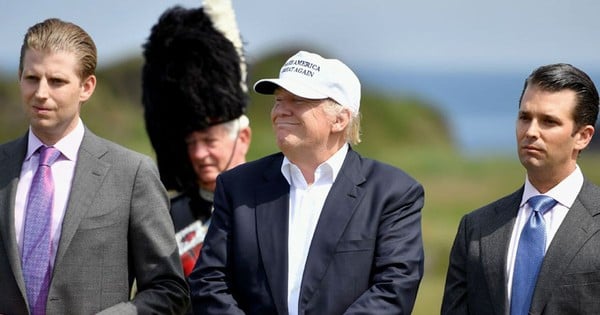



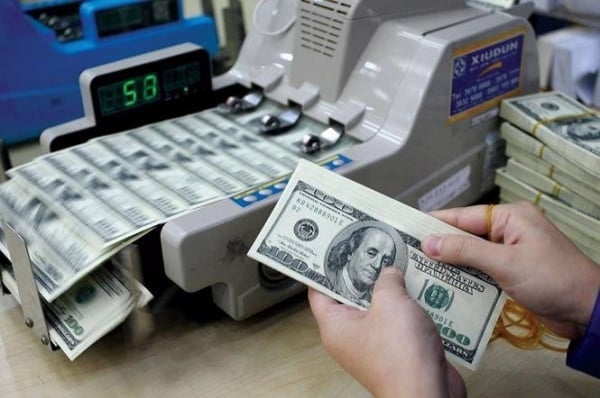



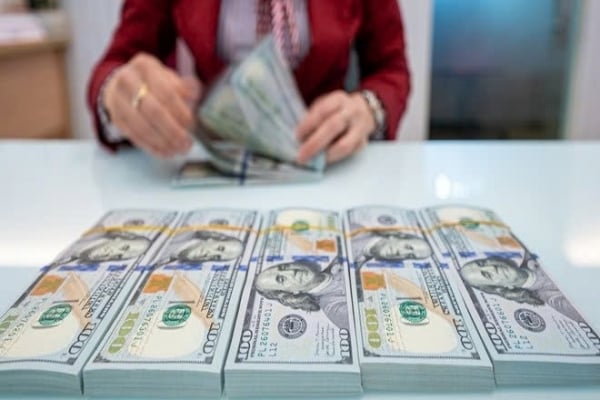



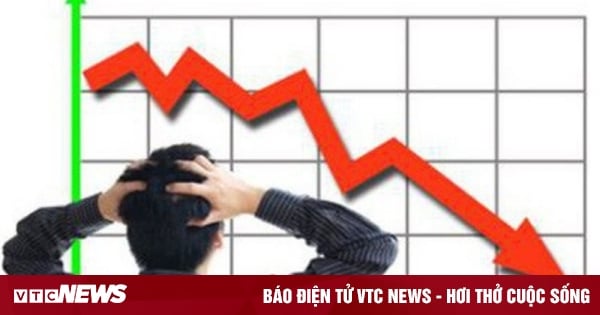







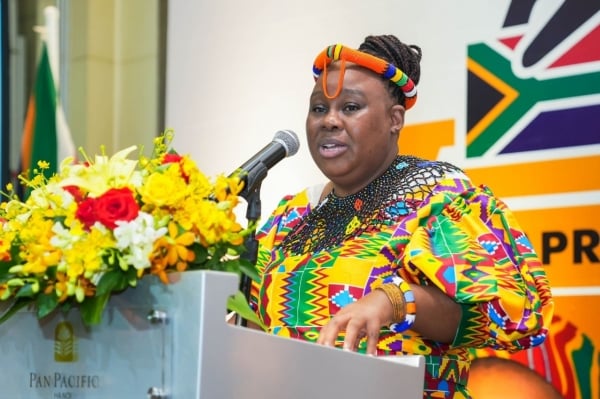


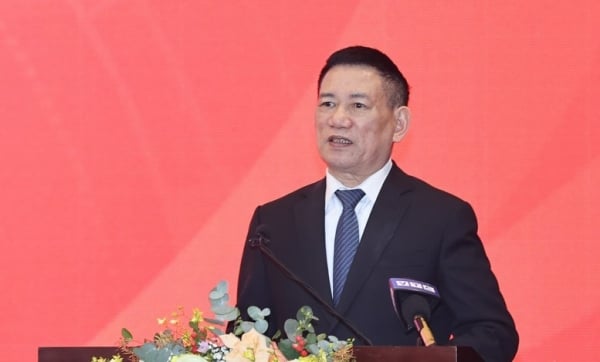
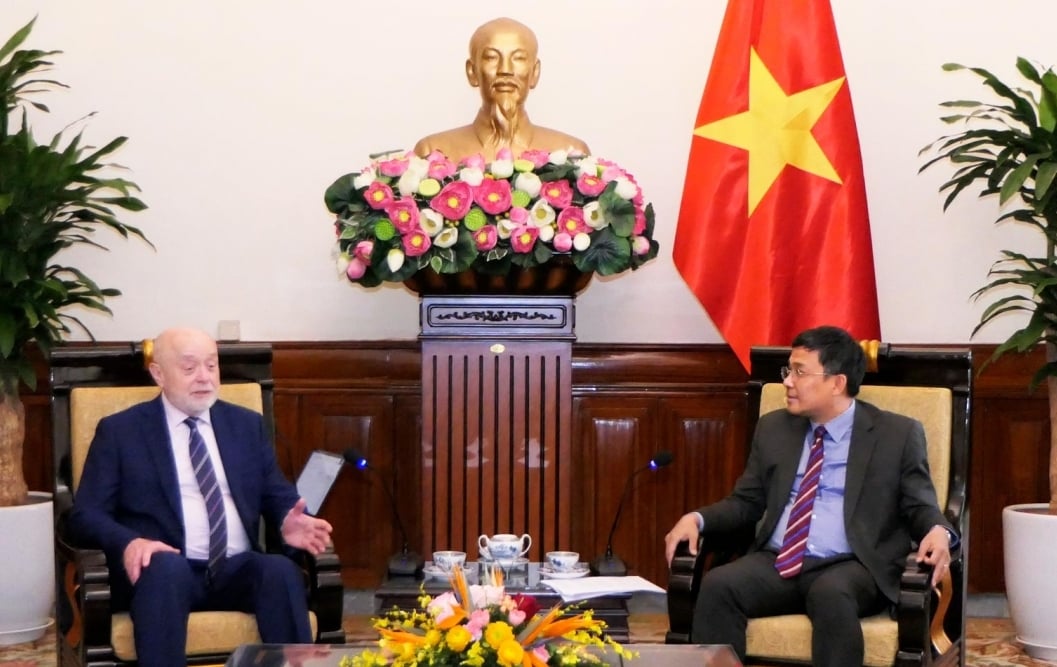












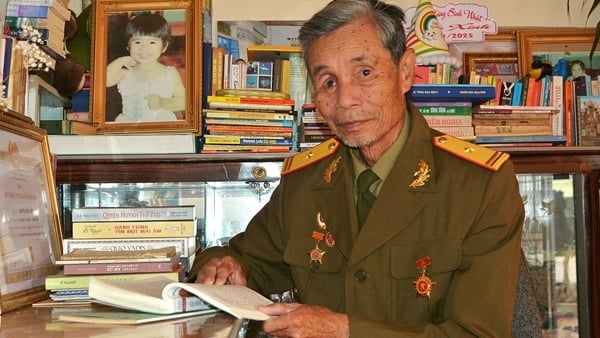






















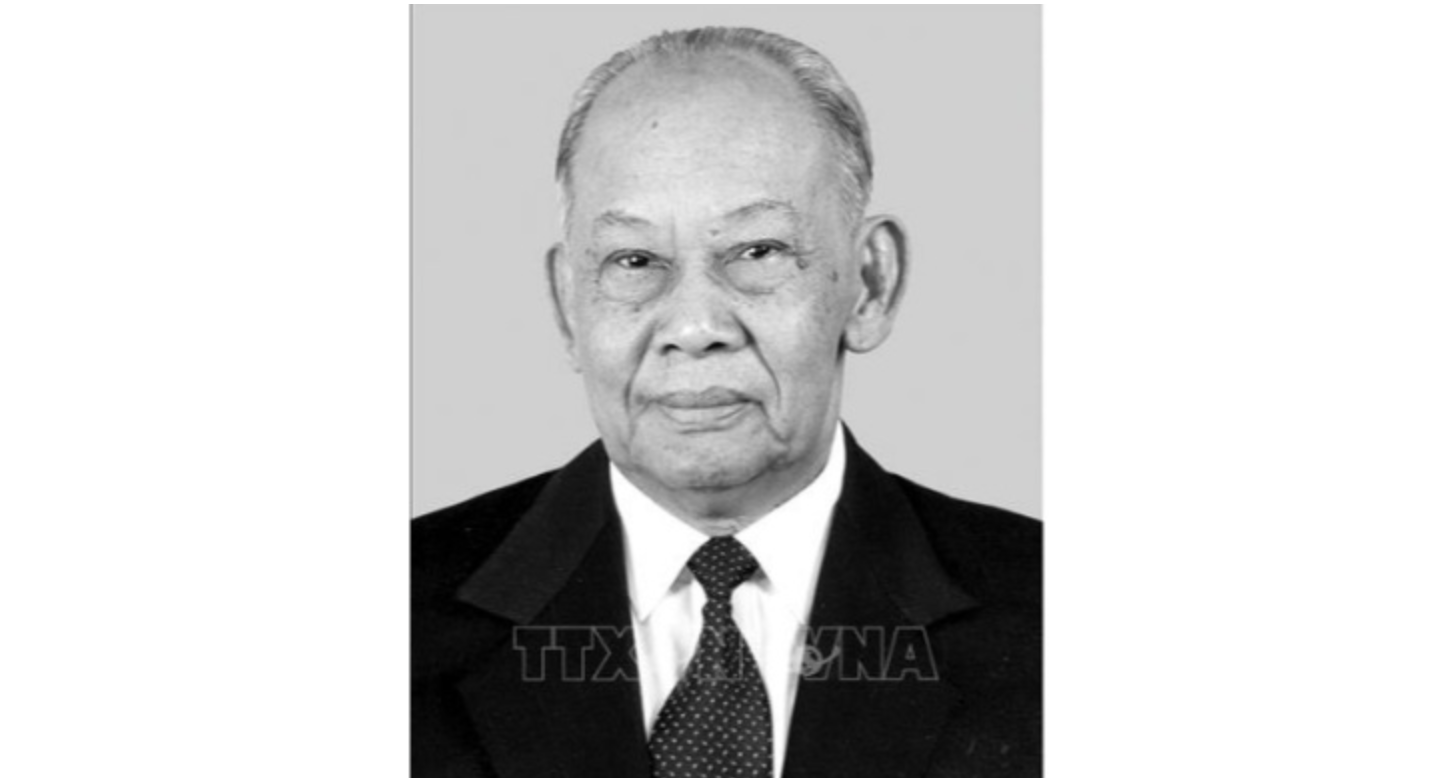




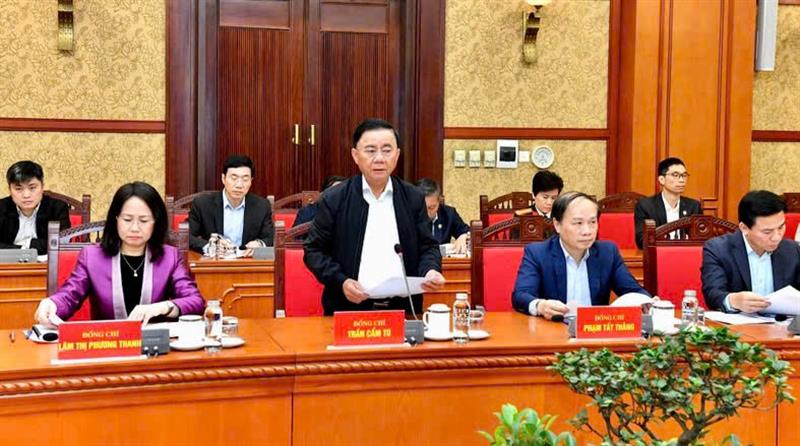










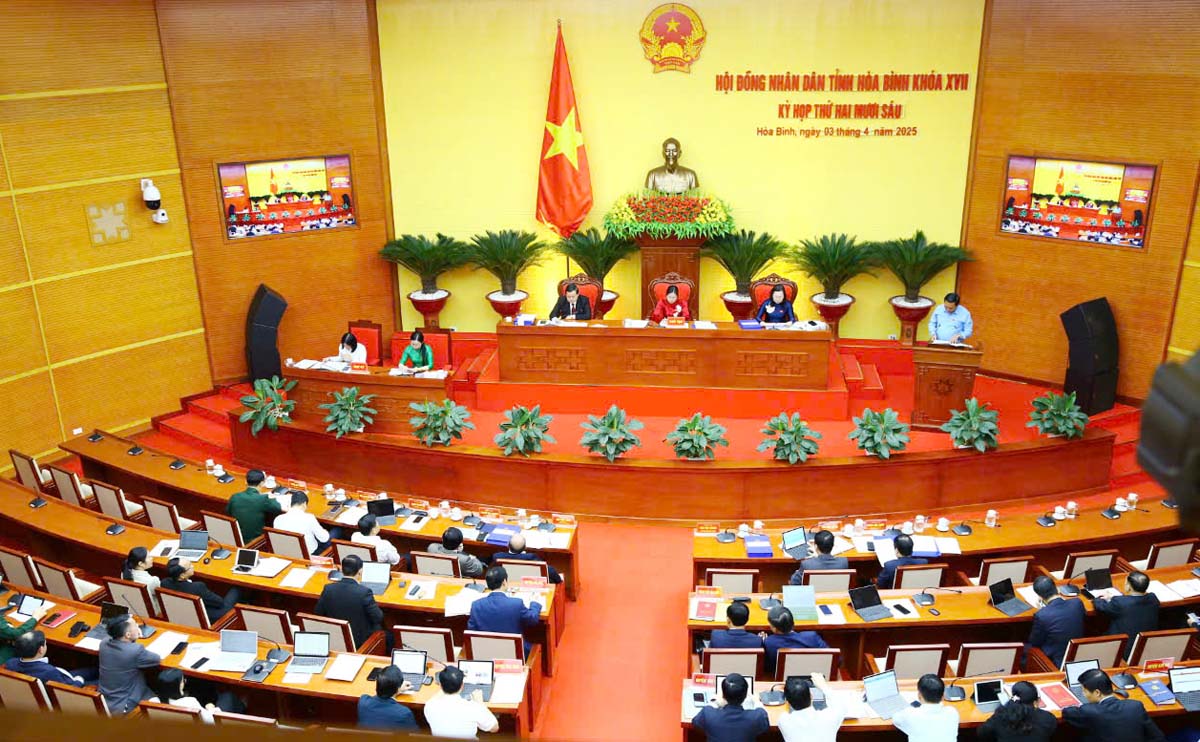
















Comment (0)